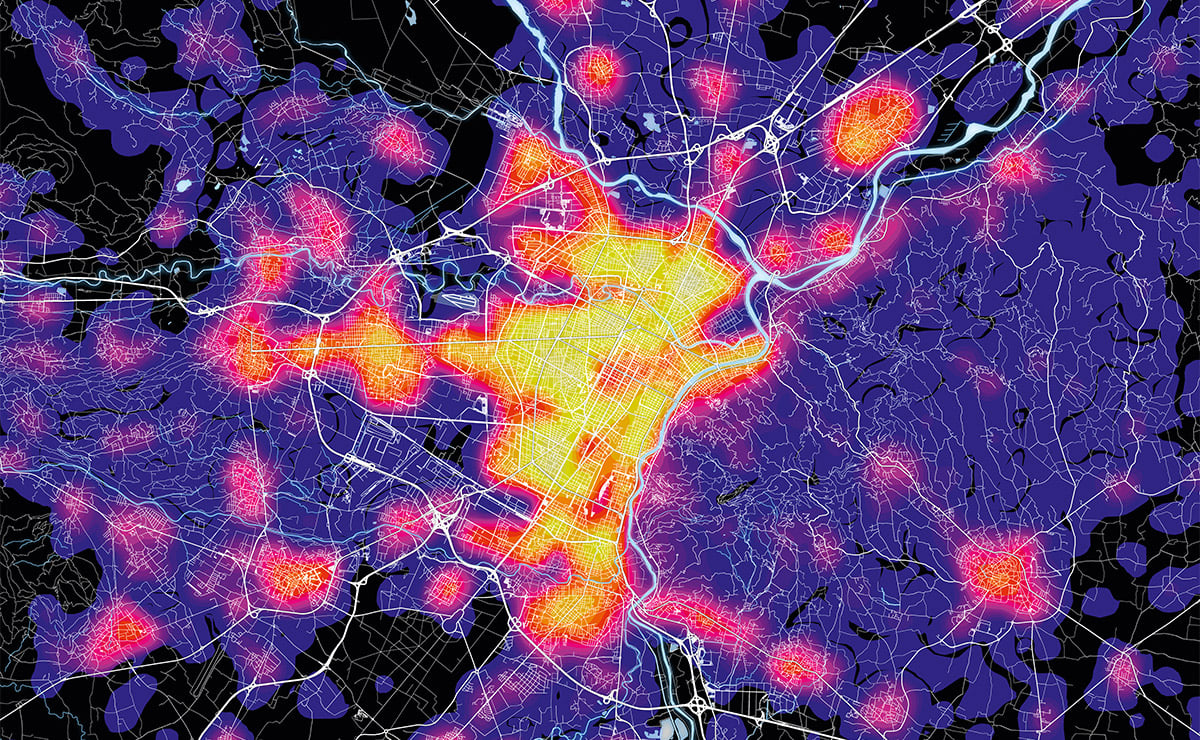Login
Registered users

The Alps seem to have become the training ground for good architecture. It may be on account of the breathtaking landscape, or the inescapable requirement to guarantee unfailing quality of structure and finish, or the increasing environmental awareness of tourists. Whatever the reason, Alpine architecture is at the forefront of contemporary architecture. Not that it wasn’t before. This has always been the case practically since the Alps were discovered by the Grand Tour and its vernacular architecture became the subject of study, admired and tapped for the perfect technological solutions born of empirical know-how under inhospitable high-altitude mountain conditions. When, however, after two centuries, élite tourism gave way to mass tourism, mountain landscapes also were subjected to assault. Concrete eyesores rose up in complete disregard for the volumes and stratified materials developed down the years in keeping with their natural surroundings and age-old building traditions. A swathe of sterile, shortsighted archetypes spread across the Alps, from the Maritime Alps in the west to the eastern Giulie region, exclusively in the name of business and building. Recently - perhaps because the low lands have been exploited to breaking point - there has been renewed interest in the mountains and what they can teach us. The focus is once again on what the albeit few, but outstanding architects, like Carlo Mollino and Edoardo Gellner, have handed down to us. We are rediscovering an environment, which however familiar - all northern Italians are very much aware they are surrounded by a semicircle of mountains - remains what it has always been: a challenge. For mountains are difficult places, requiring courage, inventiveness and real know-how as to the assembly of materials and the optimization of form. The Milan firm Peter Pichler Architecture, in partnership with architect Pavol Mikolajcak, provides a fine example of how contemporary architecture can fit...
Digital
Printed

My part
Toti Semerano
“The light filtered dimly through the tall beech wood still wet with dew. A single shaft of more intense light revealed the presence of a clearing w...
Turin Mapping
With 2 million plus inhabitants in the metropolitan area, Turin is one of Italy’s long-standing urban landmarks. Modern, inclusive and open, it has ...
Blueprint for a New Transformation
Started some 20 years ago, Turin’s transformation is an opportunity to take stock of the relationship between architecture, urban layout, land use, ...